India has achieved a landmark in its energy transition journey by reaching 50% of its installed electricity capacity from non-fossil fuel sources—five years ahead of the target set under its Nationally Determined Contributions (NDCs) to the Paris Agreement.
As of June 30, 2025, India reached a cumulative installed power capacity of 484.82 GW with 242.8 GW coming from non-fossil fuel sources (8,780 MW nuclear, 49,378.16 MW hydro, and 184,621.04 MW from renewable energy sources). The renewable energy capacity comprises 5,102.05 MW small hydropower, 51,674.85 MW wind power, 11,596.31 MW bio power, and 116,247.83 MW solar).
Union Minister of New and Renewable Energy Pralhad Joshi said “In a world seeking climate solutions, India is showing the way. Achieving 50% non-fossil fuel capacity five years ahead of the 2030 target is a proud moment for every Indian. Prime Minister Shri Narendra Modi’s leadership continues to drive Bharat’s green transformation — paving the path towards a self-reliant and sustainable future.”
This content is protected by copyright and may not be reused. If you want to cooperate with us and would like to reuse some of our content, please contact: editors@pv-magazine.com.
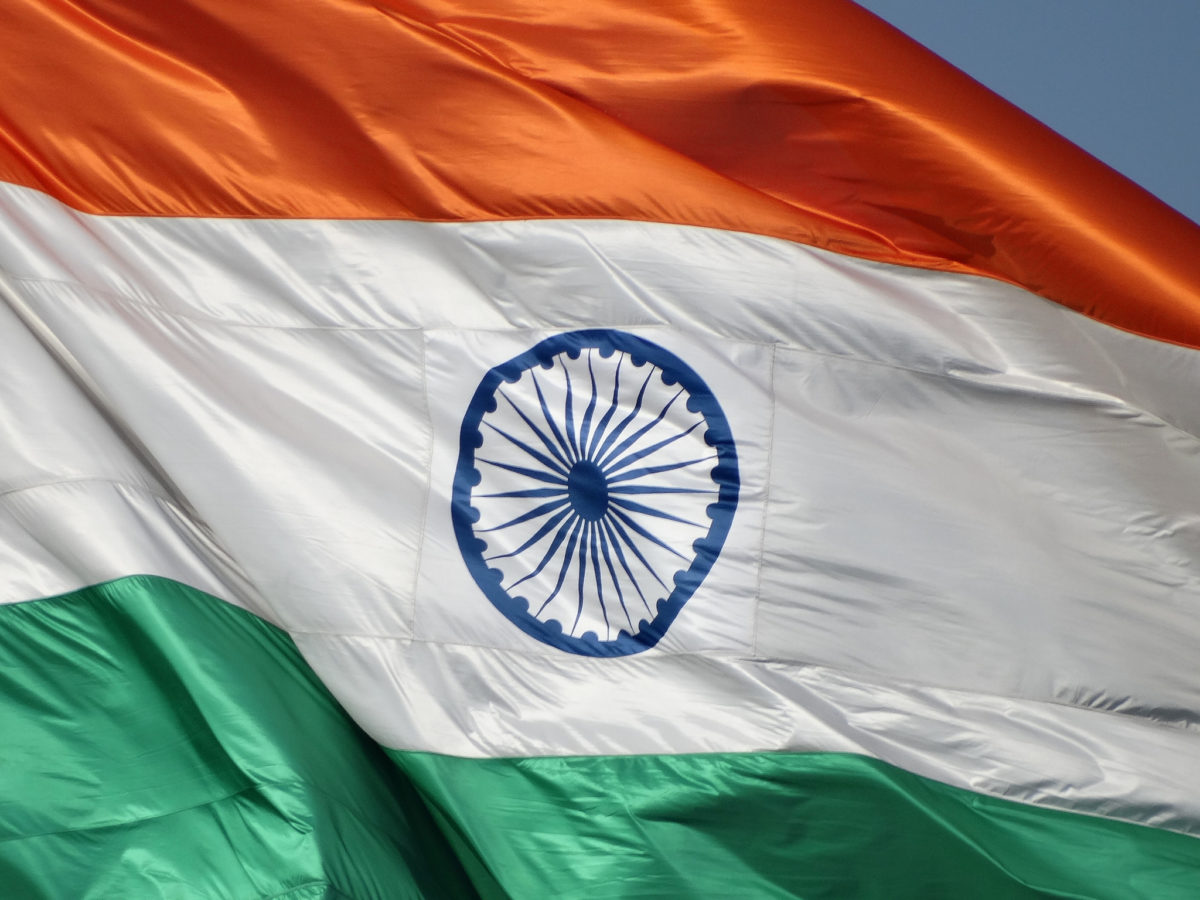



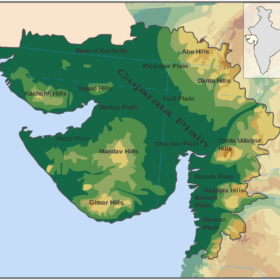

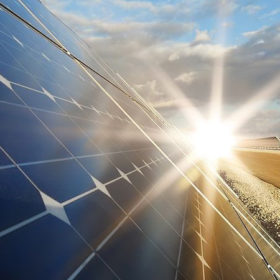
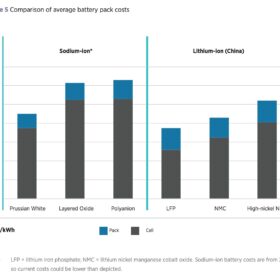
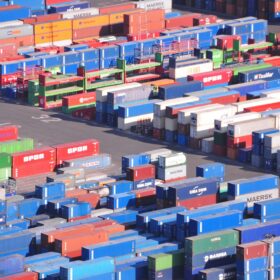
By submitting this form you agree to pv magazine using your data for the purposes of publishing your comment.
Your personal data will only be disclosed or otherwise transmitted to third parties for the purposes of spam filtering or if this is necessary for technical maintenance of the website. Any other transfer to third parties will not take place unless this is justified on the basis of applicable data protection regulations or if pv magazine is legally obliged to do so.
You may revoke this consent at any time with effect for the future, in which case your personal data will be deleted immediately. Otherwise, your data will be deleted if pv magazine has processed your request or the purpose of data storage is fulfilled.
Further information on data privacy can be found in our Data Protection Policy.